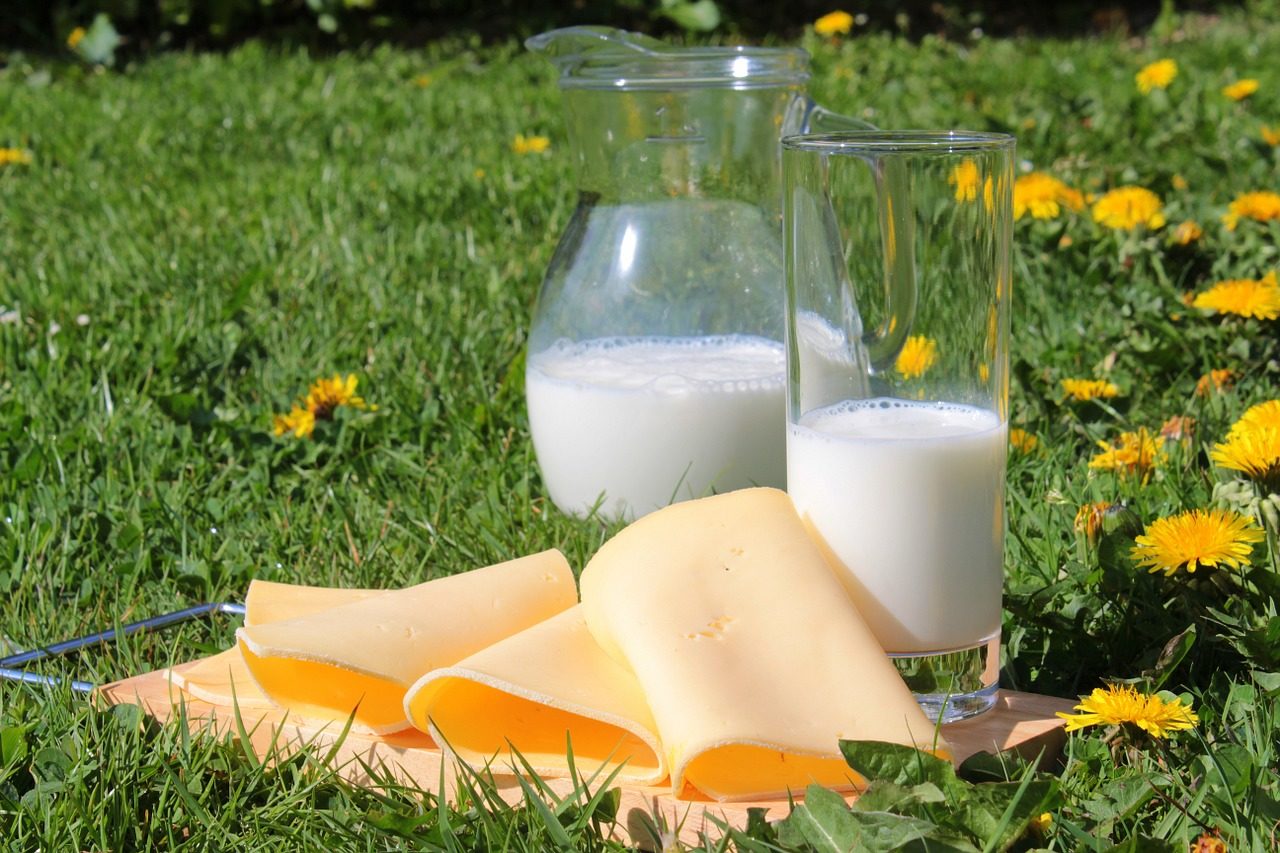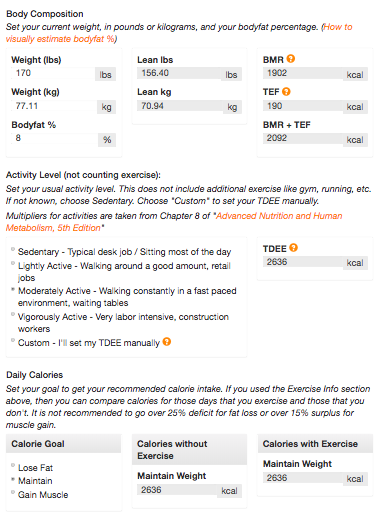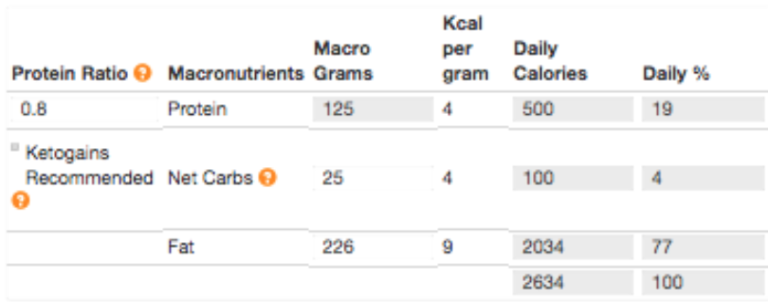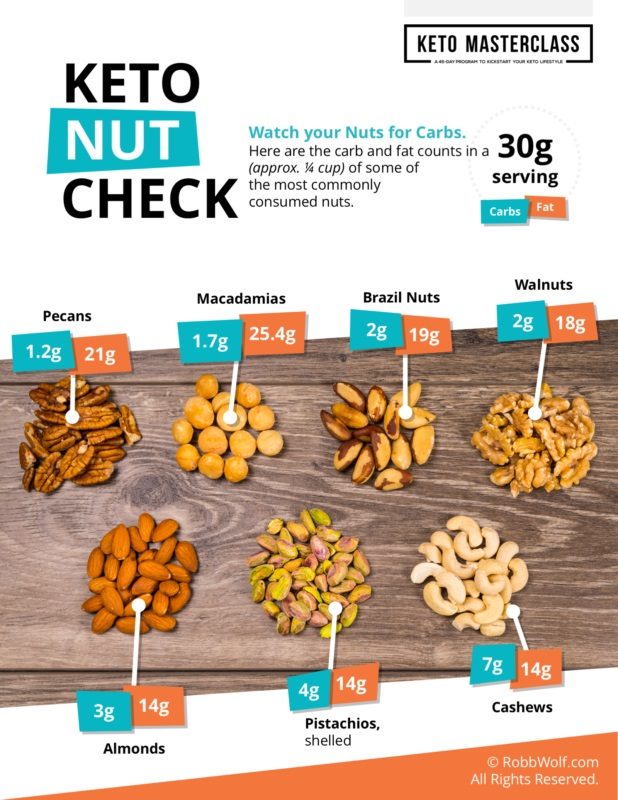A common question we receive relates to the use of dairy and ketogenic diets. Dairy is a handy, tasty fat (and protein) source that can add a decent amount of variety to a keto diet...but, dairy is not a great fit for everyone.
Some of the challenges of dairy:
1- Lactose intolerance.
For the majority of humans, once they are weaned from breast milk, they begin to lose lactase gene activity, which means they produce little if any of the lactase enzyme which helps to digest lactose, the predominant sugar in dairy. This lack of lactase in the digestive process can make for a wild, "disaster pants" ride for folks who consume a decent amount of lactose in a meal.
Fermented dairy (yogurt for example) tends to have less lactose, while hard cheeses, cream and butter may have only trace amounts of lactose, which may make them "ok" for folks depending on their individual situation. One can also use lactase supplements which can augment the ability to digest lactose. So, although lactose is a problem for many people, there are workarounds. Unfortunately, lactose is not the only problem that some have with dairy.
2- Dairy protein intolerances.
I have zero problem with lactose...I could literally eat the stuff by the cup-full and suffer no GI or other problems, but the protein in cow dairy tends to give me acne, joint inflammation, and just a general sense of malaise. Many folks report similar problems. When I mention to folks that I don't handle cow dairy well, they tend to assume it's a lactose issue. It's not. For reasons that are not entirely clear, I developed some decent inflammatory reactivity to bovine dairy. For the WAPF folks out there who are going to ask: yes, even pastured dairy, hand milked by the Dalai Lama gives me problems. Both casein and whey give me problems. It's possible there are some issues of molecular mimicry going on here, in which my reactivity to gluten or wheat may be at play with cow dairy. It's also possible that due to long history of GI problems I developed an intolerance to dairy...I'm not sure what the root mechanism is, but I do know that if I do a lot of bovine dairy I get acne, joint aches, and just do not feel great.
For some folks fermentation (again yogurt or similar items) may be enough to make cow dairy digestible and not a problem. For others, this is not sufficient. I have found that sheep, goat and even wacky things like camel milk products produce NO negative effects for me. Nada. Although the focus of this article is finding alternatives to dairy for keto or low carb diets, I think it's worth both mentioning and trying different kinds of dairy to see how you specifically respond.
3- Lipoproteins and Cholesterol
For some folks the intake of dairy, particularly the high-fat sources of dairy we really like on a keto diet, like butter or cream, increases lipoproteins and cholesterol dramatically. Like "HOLY CATS!" dramatically. There is a massive amount of conflict and gnashing of teeth when we talk about cholesterol/lipoproteins and the ketogenic or low carb diet. If you ever want to lose your faith in humanity just poke around a social media thread discussing this topic.
Some people dismiss any changes in blood lipids as inconsequential, others do a serious amount of hand-wringing. I did a thorough treatment of this particular topic in the Keto Masterclass so I'll just share some of those highlights:
1-The metabolic risk profile of someone eating low carb but who has elevated cholesterol/lipoproteins is almost certainly different than someone with similar numbers who also eats too many carbs and has insulin resistance and other systemic inflammatory issues.
2-Even though we are pretty confident about the notion laid out in my above point, I think it's a bit flippant to dismiss cholesterol/lipoprotein alterations out of hand. Dave Feldman has done some self experimentation that suggests lipoproteins and cholesterol can change dramatically in just a matter of DAYS...this flies in the face of the conventional wisdom found in lipidology. This is another wrinkle in the story that makes me wonder to what extent these molecules play a role in atherogenic progression...a host of factors like iron overload and oxidative stress can likely turn a benign lipid profile into a disaster.
3-The real "gold standard" in this story is looking at analysis of direct evidence of disease process. CIMT (carotid intima-media thickness), coronary calcium scan, and 3D imaging of coronary arteries do not show us suggested correlations of disease process (which is what our lipid levels ultimately are) but rather if and to what degree we are in fact suffering cardiovascular disease process. If you are REALLY concerned about CVD potential do the following:
- Fix insulin resistance.
- Get one of or a battery of the aforementioned scans.
- Get your blood work via Specialty Health to get a good sense of what advanced testing has to say for your situation.
I'm assuming weight maintenance, if you are trying to lose weight, clearly you will adjust the inputs appropriately (Keto Masterclass includes a video on how to use the KetoGains macro calculator ).
My daily protein, carb, fat prescription is:
Let's do something crazy: break those recommendations down into three meals per day! Just to make the numbers nice I'm going to increase carbs to 30g per day total, so each meal would have approximately the following breakdown:
42g protein, 10g carbs, 75g fat.
Again, your numbers will be different but the process is the same. I took my daily macro allotment and divided it by 3 to get what I need in each meal. If you are a two meals per day kind of person divide by 2.
Now, let's look at some fattier cuts of meat to use as our protein source. Why fatty cuts? If the primary need for dairy is as a fat source for keto (this is generally the case) then why not just find protein sources that bring a fair amount of fat to each serving? I used a variety of sources for this list, most are the curated return of a Google search, some are outlets like My Fitness Pal. There is variability in ALL these lists and that's because life is a messy, squishy, non-uniform process.
A quick note on accuracy, precision and neurosis:
Although all of these reported values are for "cooked" servings, there are different cooking methods involved which can change things like water content, which alters scale weight, which will ultimately alter protein and fat content of a given piece of meat. Super slow cooking tends to render fat OUT of meat...ironically, this is the exact opposite of what we are shooting for if we want our protein to deliver a decent amount of fat.
My focus is trying to make all of this stuff as simple as possible as many people really struggle in the kitchen with basic meal preparation. Cooking a decent amount of protein ahead of time makes it COMPARATIVELY easy to throw together meals on the fly (or even prep them in their entirety) but this WILL introduce a small amount of error relative to using an uncooked measure for a given protein (the USDA nutrient database typically provides uncooked as well as various cooking methods). If you use uncooked weights as your starting point you will be more accurate/precise, but you will also need to cook A LOT MORE OFTEN. And I cannot make this point sufficiently: Although it is incredibly valuable to weigh and measure food at certain points, there is always going to be a decent amount of error "baked in the cake." In talking to KetoGains Co-founder Tyler Cartwright, he made the following (paraphrased) observation: "If your plan is allowing you to lose weight, you clearly have a calorie deficit. If you are gaining, you have a calorie excess, holding steady? Likely at calorie balance." When the ketogains guys meal plan for their clients (really, when anyone who knows what they are doing meal plans for a client) the process is to start "somewhere" see what happens, tweak and modify as necessary.
All this considered, you do not need to obsess over these numbers, just get reasonably close.
ALSO! I did not add things like bacon or sausage as there is really a lot of variability there...but do keep those options in mind.
| Cut/Source | Protein g | Fat g | Serving size (cooked) |
| Fillet mignon | 26 | 17g | 100g |
| Porterhouse | 21g | 14g | 85g |
| Skirt | 22g | 10g | 85g |
| T-bone | 21g | 14g | 85g |
| Rib-Eye | 24g | 22g | 100g |
| Hamburger 90% lean | 21g | 9g | 85g |
| Hamburger 80% lean | 23g | 14g | 85g |
| Mackerel | 25g | 34g | 136g |
| Herring | 33g | 17g | 184g |
| Salmon | 40g | 27g | 198g |
| Sardines | 25g | 11g | 100g |
| Eggs | 36g | 30g | (6 whole eggs) |
| Pork Belly | 9g | 53g | 100g |
| Paté | 14g | 28g | 100g |
Ok, so if you recall for my needs, I'd like to have 3 meals per day with the following macro breakdown:
42g protein, 10g carbs, 75g fat.
There are a few stand-out options above that have reasonably (sometimes remarkably) large amounts of fat relative to protein.
If I do two servings of mackerel for example I end up with 50g of protein (a bit more than I need, but not that big of a deal at the end of the day) and 68g of fat! I'm just about done! Alternatively if I do a serving of pork belly I will need to use a leaner protein to meet (meat!?) the protein goal as this uncured cousin of bacon delivers 9g of protein and 53g of fat. For example, I could mince 1/5th of a serving of pork belly and cook my mackerel in that and be just about bang on with both protein and fat...and although mackerel is a bit of an acquired taste, the pork belly will really help enhance (cover up) the fishy flavor.
Although I made the case a few paragraphs up that you do not need to overly obsess about your exact weighing and measuring, there is a reality that when you run your macro needs you will face two challenges:
1-Your numbers are likely to be different than mine.
2-Each protein source will likely have a slightly different protein/fat amount depending on serving size.
How do you find out how much of any given protein source you need to get your number? I apologize for the following, but we need to do a little algebra to figure this out. I will also give you a more seat of the pants approach, but the following is how most nutritionists and meal planners set up specific plans for clients. I'm going to use the example of a rib-eye above:
Cut/Source Protein g Fat g Serving size (cooked)
Rib-Eye 24g 22g 100g
I'm going to focus on finding my protein need first, and we do that in the following way:
24g protein/100g serving = 42g protein/Xg serving
I need to know what my serving size is to get 42g of protein, in this case for rib-eye. A little algebraic manipulation and we have:
Xg Serving = 42g Protein (100g Serving/24g protein)
I multiply 42 by 100, divide that product by 24 and and I get a serving size of 175g of rib-eye to yield 42g of protein.
Ok, that's great, but what about my fat? I now need to know the ratio of my serving size relative to the standard serving size: 175g/100g=1.75
Now, multiply 1.75 by the amount of fat in the original serving: 1.75x22g fat= 38.5 (let's call it 39g).
I KNOW this is a bit confusing and a pain in the ass but the upside is you generally eat the same stuff most of the time, right? Once you calculate maybe 5-10 of your preferred proteins, just put that info on notecards or in the notes function of your smartphone.
Is there a better way?
The math intensive process is one way to do this. Another way is to plug a 1 oz serving into My Fitness Pal (or similar):
So, I need 42g of protein...if I multiply things by 10, I'll be pretty darn close:
10 Oz. Serving= 44g protein, 44g fat
Again, you will need to do a little math, but once you have your "go to's" figured out, you just need to stick with those for the most part (again, write this stuff down so you do not need to do a math problem prior to every meal). And if you are going out to eat, at a social function where you do not know the exact numbers, what do you do? Panic? Fast?! Once you have prepared a few meals like this you will get a sense of how much chicken vs steak you need for a given meal, so you don't need to obsess over these situations.
And now, the rest of The Fat
OK, so using fattier cuts of meat tends to simplify things in that you just don't need to add as much fat to hit your macro and calorie goals. BUT, in general you will need to add at least a little to most meals. If you are a hard charging athlete and or trying to gain muscle mass, you may need to add a good amount. Here are some strategies for rounding things out:
Oils
Although I like to see folks "eat food", adding a few tablespoons of olive, coconut, lard or beef tallow to a meal will not only enhance the flavor, but is also easy to do. I make a lot of "one pot" meals where protein, veggies, spices, and fat source all go in the pot. If I want it soupy I may add some Kettle & Fire bone broth. If I have leftover rib-eye I can cube 175g of cooked meat, add it to a healthy portion of mixed veggies, and since that comes with about 44g of fat I'll add say 2 tablespoons of olive oil (~14g fat/tablespoon) and I'll be right on the money with regards to all my macros. IN GENERAL most fats are around 12-15g/tablespoon, so this is a good rule to file away for later use.
Want access to about 80,000 different meal options? Check out my handy Food Matrix.
Avocados, olives and nuts
Some people do not like the mouthfeel of adding oils to meals, so whole foods like avocados, olives, and nuts are a great option for rounding out fat needs. As to nuts, there is a pretty good spectrum of which have a higher vs lower carb content. This is a pretty handy guide to understand the relative fat/carb content of various nuts:
Comment: It's important to state here that many people do not do well with nuts. Even those who can handle some, find they can't handle others. It's important to determine which, if any, nuts best suit you and act accordingly. See:
Low Carb Wrap
OK, let's take what we have learned so far and build a meal that fits all my needs. A 175g portion of rib-eye provides ~44g protein and 44g of fat. I could cube this meat, add it to a skillet along with 1 tablespoon of olive oil (14g fat), a "heaping helping" of broccoli and some ginger or garlic (and salt!) to taste. I'd then add ¼ cup of cashews (7g carbs, 14g fat) and my meal is effectively done:
~44g protein, 75g fat, 7-10g carbs.
There is a fair amount of work in setting this stuff up initially, but once you have a few of your favorites figured out you will be able to eyeball this process just about as well as weighing and measuring.
The Greasy Used Car Pitch
The purpose of this article was to help folks find non-dairy options for navigating a keto diet. Keto is a fantastic tool, but it's not the only one we have and it is not the best fit for every person or situation. I made the Keto Masterclass to help folks navigate this process and although self-serving to say, it's pretty slick.
One can spend a remarkable amount of time surfing the interwebs trying to figure all this stuff out. Without some kind of legit system the likelihood of success is low. If you think this is hyperbole, just hang around a keto related social media group and look at the questions folks have.
Some people claim you should dial protein down to near starvation levels and emphasize unlimited fat so you are "really in ketosis." The only thing I'll say about this is I'd recommend comparing the results of folks advocating "unlimited fat" vs what we see via the Keto Masterclass or KetoGains.
If you are going to tinker with keto I recommend you either check out Keto Masterclass or sign up for the KetoGains bootcamp. I stand behind this program so much that they gave you, my followers, $20 off if you use the code: RobbWolf
I'm not going to belabor this point but if you value your time at all both of these options are fantastic. If you need to spend multiple hours figuring out every detail of what you are up to, cruising the internet bouncing from one site to the other, then having a plan (or a coach) is a bargain. Here's that link again: Keto Masterclass








Ask Jordan Peterson, PhD: [Link]
Shawn Baker, MD: [Link]
Ken Berry, MD: [Link]